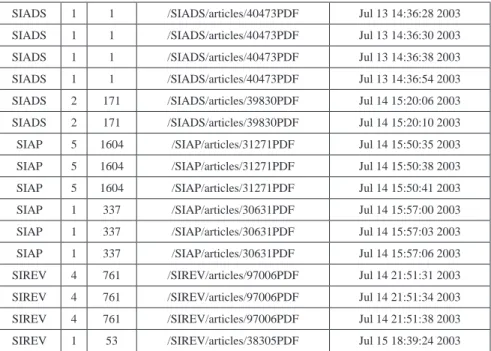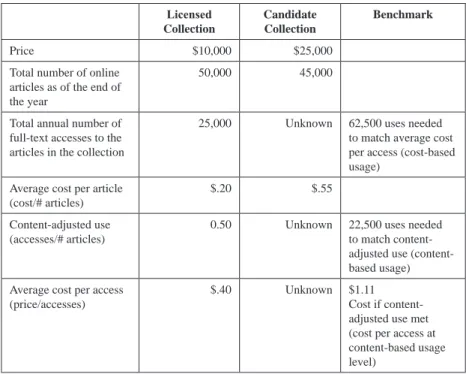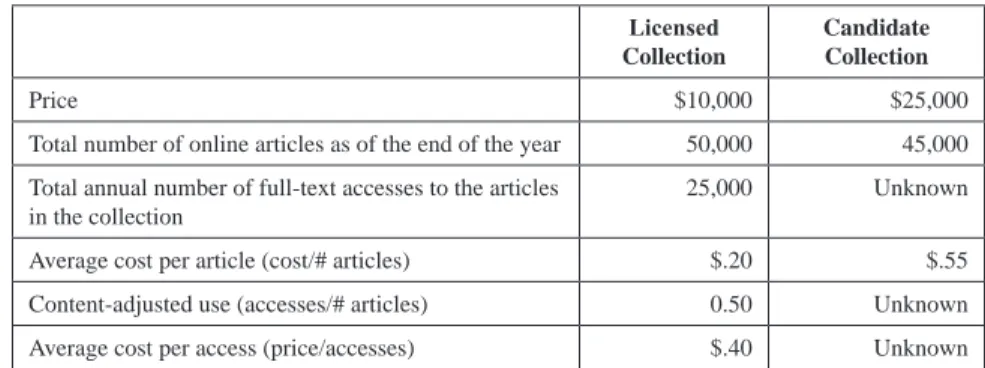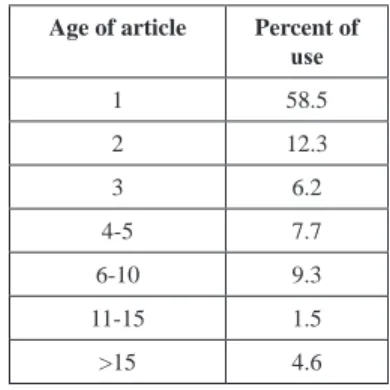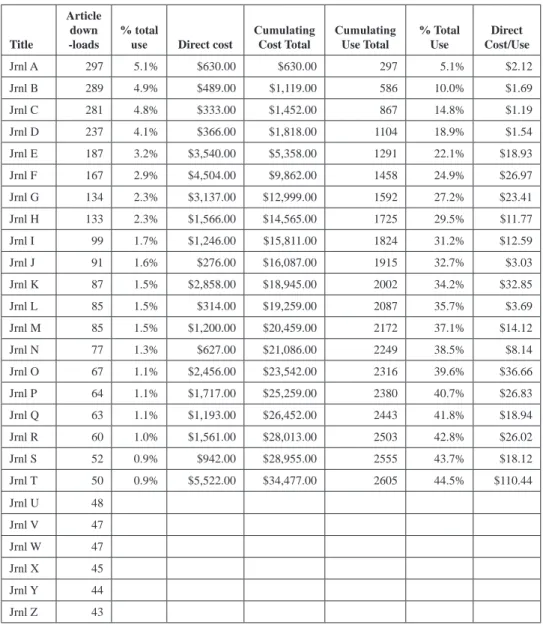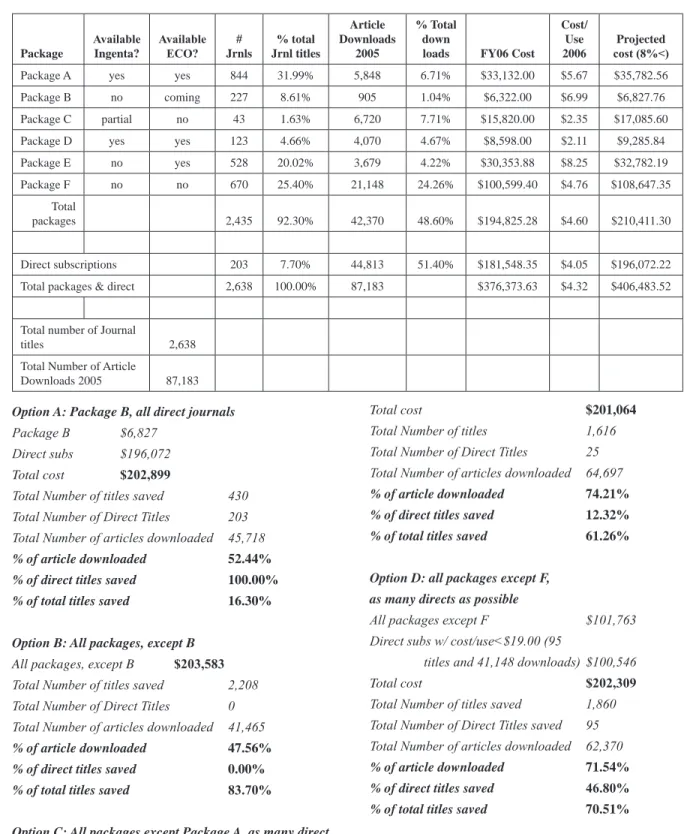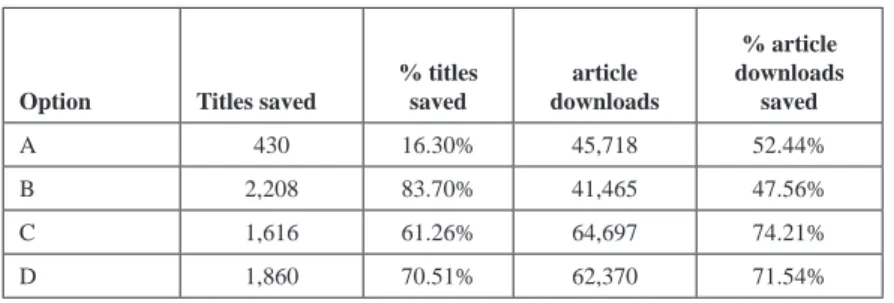Authentication and Access Control of Electronic Resources ..250 Juan Carlos Rodriguez, California State University, Sacramento, USA. Challenges and Opportunities of Electronic Resource Management ..306 Yvonne Wei Zhang, California State University, Pomona, USA. Tracks the history and major developments of electronic resources in libraries in the United States.
Provides in-depth workflow analysis for electronic resources from selection to purchase. Examines the emergence of the e-resources librarian specialty within academic libraries as a result of increasing demands for library professionals trained in the planning, selection, implementation, and evaluation of e-resources. She suggests that, “a discussion of electronic resource management quickly becomes a discussion of the general management of a typical library” (Conger, 2004).
These publications, along with numerous published journal articles, provide a framework for managing electronic resources in libraries. This book comprehensively covers the theories, methods and challenges, research and practices related to the provision and management of electronic resources in libraries.
History of Electronic Resources” traces the history and major developments of electronic resources in libraries in the United States. The chapter discusses the rapid changes and underlying issues
ERMI incorporated the information from the workshop and continued to develop common specifications and tools for managing license agreements, relevant administrative information and internal processes related to collections of licensed electronic resources. For example: why many institutions continue to be reactive rather than proactive, lack policies and procedures, and maintain legacy workflow systems for handling electronic resources. We believe that to fundamentally address these concerns, administrators, library professionals, and support staff need to more fully understand the issues and challenges associated with securing electronic resources and the importance of proper management and strategic planning.
It also provides an authoritative analysis of electronic resource management systems, including their challenges and trends, and the latest developments in electronic resource management standards such as SUSHI and COUNTER, and the impact of Web 2.0 and Library 2.0 applications. The book also provides a comprehensive overview of evolving licensing terms, practices and negotiation techniques for electronic resource agreements, and the implications of copyright with respect to electronic resources and their unique characteristics and challenges. It examines changing roles and core competencies for electronic resource librarians due to the increasing demand for library professionals trained in the planning, selection, implementation, and evaluation of electronic resources.
In an effort to provide the reader with comprehensive coverage of the core topics related to electronic resource management, this book consists of five sections, including a historical overview, strategic planning, and usage statistics; workflow management and competencies of electronic resource librarians; copyright and licensing; work with electronic resources and electronic resource management systems (ERM). It addresses key steps, processes, procedures and issues related to the selection and acquisition of electronic resources and covers the selection process, including tools, challenges and selection criteria.
Sharing the Albatross of Electronic Resources Management Workflow” illustrates that while management of electronic resources is often seen as a strictly technical services endeavor, it should
The important contributions of the COUNTER and SUSHI projects are reviewed, along with examples of other ways in which statistics can aid decision-making throughout a product's life cycle.
Process Mapping for Electronic Resource Management— A Lesson from Business Models” bases its research on the premise that existing electronic resource management guidelines are
Evolving Roles for Electronic Resource Librarians” examines the emergence of the electronic resource librarian specialty within academic libraries as a result of increasing demands for library
Chapter XI “Working With Database and E-Journal Vendors to Ensure Quality for End Users”
The author reviews the tools' interface for the full range of journal literature available to library patrons. The author reviews the tools available to make journal collections accessible and then analyzes the categories of journal literature to which a library can provide access. It concludes with a brief look at future trends that will affect libraries' ability to provide consistent, seamless access to journal literature.
Beyond OpenURL: Technologies for Linking Library Resources” provides an over- view of the existing techniques for reference linking of scholarly research materials and discusses some
Chapter XIV “Authentication and Access Management of Electronic Resources”
Standards: The Structural Underpinnings of Electronic Resource Management Sys- tems.” Built to manage all steps in the lifecycle of an electronic product, ERM systems must interoper-
Challenges and possibilities in the time of ERMS” discusses problems encountered at an institution during the installation and utilization of ERM systems, such as Ex-Libris SFX and III
In “The Impact of Locally Developed Electronic Resource Management Systems” the development of “home grown” tools at several academic institutions is traced, with a focus on the aspects
Chapter XX “The Future of Electronic Resource Management Systems: Inside and Out”
Journals Administration
Finally, Serials Solutions now allows the library administrator to receive a report of all titles tracked in the profile. Dead links in the library catalog are frustrating to the end user and detrimental to the credibility of the library. This collaborative effort can also extend outside the library (or directly to the source, that is).
In addition, the workforce has not kept pace with the explosion in the number and diversity of electronic resources. In the middle of the page, between the inputs and outputs, are the tasks that need to be done. Each of the sub-processes, for example "obtaining/delivering electronic resources", is represented by its own process map.
How often will depend on the institution's size and level of experience with electronic resources. Due to the complex nature of electronic resource management (ERM) and lack of awareness of the issues faced by librarians and staff in dealing with the various aspects of managing electronic resources, an electronic resource (ER) team was formed to create process maps for the selection, acquisition, delivery and management of electronic resources in the organization. But will the electronic resource librarian position be needed in the future, or will it go the way of the microform librarian.
The current research suggests that communication between diverse library constituencies is a key role of the electronic resources librarian. It is not surprising that the position of electronic resources librarian must change as the nature of the work evolves. The analysis of the licenses in the review set follows the quoted language related to each aspect from the principle documents.
Only half of the 2006 permits agree with the definitions of the Principles and the biggest change was in the move to geographic restriction. This principle seems to be one of the few that has broad support from all parties in the licensing community. After the four factors are applied to the use of the work, it is determined as.
The foundations of the Internet were developed in the 1960s and the Internet itself was first introduced to the public in 1972 (Berners-Lee, 1996). Often, conditions for the use of the information are included on the website or in an electronic attachment to the information.
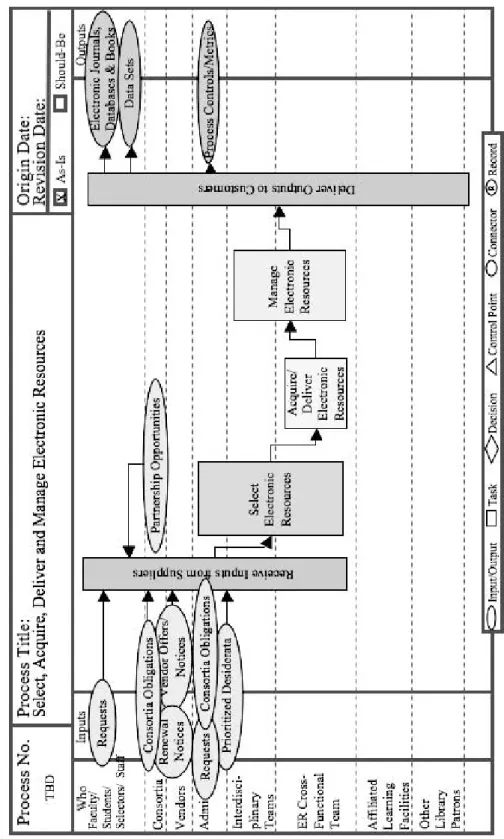
AppendIx I policy sites
AppendIx II
Do you see it tightening up to the point where copyright permission/payment will be required for everything. Or do you see it undergoing a change in the other direction because users, like young people, will simply bypass it and just do what they want. What impact do you see the increase in electronic resources having on the future of copyright.
What advice would you give to a library just starting to set up a copyright policy. How has this affected your ability to purchase or contract information sources and to give users access to materials. How much do you think changes in laws affect your copyright policies and day-to-day implementation of those policies.
How much do you think changes in these laws affect your copyright policies and the day-to-day implementation of those policies. It provides the reader with an overview of basic contract law as it relates to electronic resource licensing. The chapter then discusses the electronic resource license negotiation process as well as the terms of the license agreement.
The purpose of this chapter is to provide librarians with an understanding of basic licensing concepts and language to assist librarians in reviewing and negotiating their own license agreements. The author hopes to impart lessons and tips learned in reviewing and negotiating licensing agreements with a number of publishers to promote awareness and understanding of licensing in the library community. Almost every electronic resource to which a library will subscribe requires either a signed license or an acceptance of a vendor's terms and conditions via a click-through license.
Each signed license or clicked-through acceptance of a vendor's terms is a legal contract that (usually) provides rights and protections to a vendor, as well as a library. It is important for librarians to understand what a license is, what its terms mean, and to negotiate with a supplier to agree to terms that better reflect the interests of the library. This is especially important because many librarians are uncomfortable with the licensing process, not only because of the obscure legal language, but also because of the prospect of trying to get companies, often monolithic, to agree to our terms.
